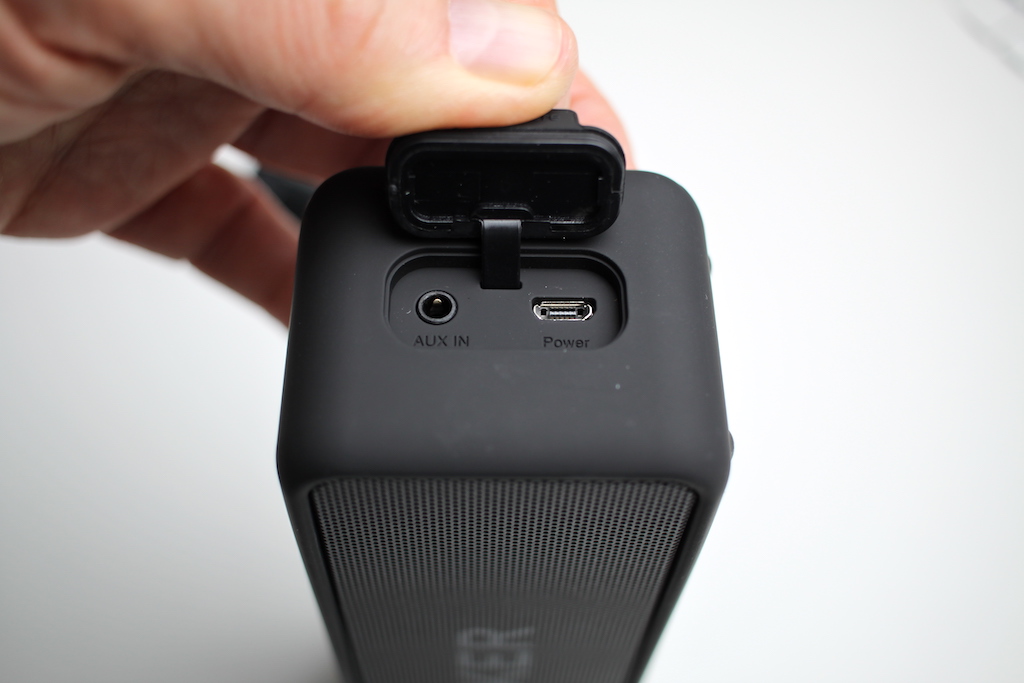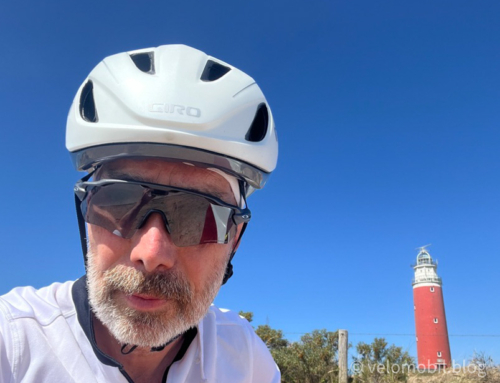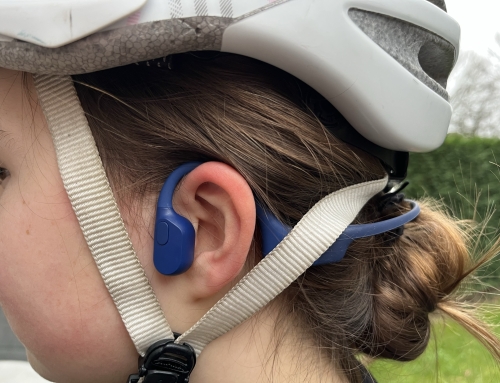This post is also available in: Deutsch (German)
For weeks now, I have been using the small Bluetooth speaker Go 2 from JBL in my velomobile and am very satisfied with it. But as the saying goes: “The better is the enemy of the good” and that’s why I’m still looking for other speakers for on the road and that’s when I came across the Soundcore 2 from Anker. The predecessor was already very successful; the new one is supposed to do everything even better: It is waterproof according to IPX5, has a battery life of 24 hours and, what attracted me the most, the sound is supposed to be even better. All this at an RRP of less than 50€ … sounds good … we’ll see.
Anker Soundcore 2
| Nennleistung | 2 x 6 Watt |
| Musikwiedergabezeit (Std.) | 24 |
| Bluetooth-Version | 4.2 |
| Wasserdicht | ja (IPX5) |
| Freisprechfunktion | ja |
| 3,5-mm-Audiokabel-Eingang | ja |
| Abschaltautomatik | ja |
| Abmessungen (cm) | 16,5 x 4,5 x 5,4 |
| Gewicht (g) | 360 |
Features & Details:
It is delivered in a plain box; the scope of delivery includes a USB-C charging cable and the manual. That’s it! With its weight of approx. 360 grams and its compact dimensions, the Soundcore 2 is definitely recommended as a constant companion.
The battery theoretically lasts 24 hours, just like its predecessor. More than enough for me.
Handling
The front and back are marked by the logo; behind the grille are two speakers, each with 6 watts of power and a passive membrane to amplify the low tones. On top of the speaker are the controls, which are pleasantly large and rough, so that I can feel them easily even with gloves on. Here you can switch the speaker on and off, activate Bluetooth to pair it with your smartphone, adjust the volume and pause or resume playback. When pressed twice, the player jumps to the next track. Two small LEDs indicate operation and Bluetooth status. Everything else is best controlled via your smartphone. The Anker Sound Core can also be used as a hands-free device because it has a built-in microphone. Hidden behind a waterproof cover on the side are the USB charging socket and the 3.5 mm jack input, which can also be used to record directly to the speaker. However, a corresponding cable is not included in the scope of delivery.
Practical test & sound
The rubberised surface of the anchor feels grippy and high-quality; the speaker seems to be immune to dirt. And splash water is no problem thanks to IPX5 certification; just the thing for my tours in all weathers!
Of course, I was most curious about the sound, especially the bass reproduction. The previous model already sounded really good in the mid- and high-range, only the bass was quite thin. Compared to my mobile “Refenz” speaker (Bose Soundlink Mini 2), there was still a world of difference. The new model now sounds much more grown-up; although it doesn’t quite come close to the voluminous sound of my Bose, the new Soundcore has been significantly improved here. BassUp is what Anker calls this. And the new Soundcore can also be really loud, but without distorting or clanging.
When I’m on tour with my scooter, I have the navigation instructions announced over the loudspeaker; it works perfectly with the Anker. But the ride is only really fun with good music … Whether cruising with Eric Clapton or riding at high speed with Faithless, the speaker simply sounds very good!
My personal conclusion:
All promises were fulfilled; the Anker Soundcore 2 is a robust companion for my outdoor sporting activities and it sounds really good!
Tip: Be sure to use the equaliser
If you are not immediately satisfied with the sound of your speaker, don’t give up! Instead, use the equaliser on your smartphone, tablet, etc. to optimally adjust the sound of your speaker to the respective situation. Not every loudspeaker sounds good in every room or outdoors right away. But with the help of the equaliser and the right setting, you will no longer recognise your speaker.
I myself use Spotify on my smartphone. This allows me to adjust the sound individually or use predefined profiles. Here is a short guide to finding the equaliser on Spotify:
–> Library –> Settings (cogwheel) –> Playback –> Equalizer.
Have fun with it!















Leave A Comment